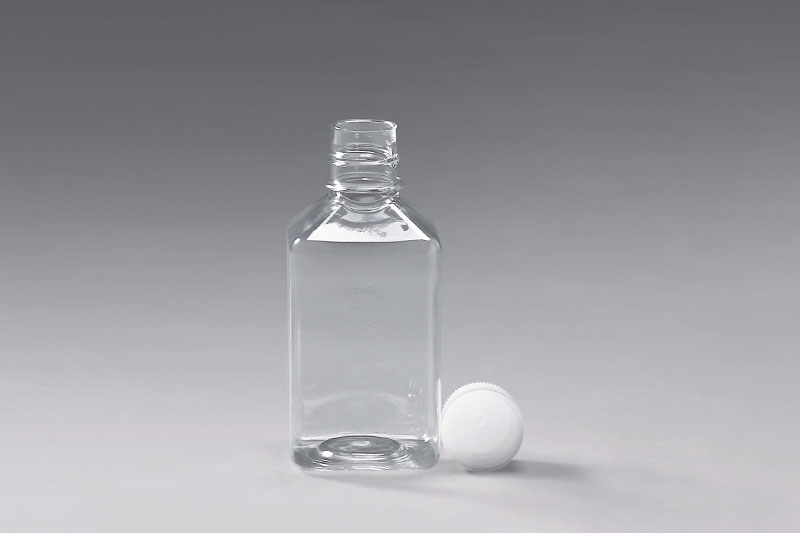Introduction to the characteristics of the media bottle
Serum refers to the colloidal liquid after removing fibrinogen from plasma. Human and animal serum is commonly used for various serological tests to help diagnose diseases. Serum is generally stored in dedicated serum bottles at -5°C to -20°C. Serum has such strict storage temperature requirements, so what are the characteristics of the media bottle as its storage container?
1. The material of the media bottle is mostly made of transparent polyester (PET). This material is non-toxic and tasteless, with high transparency, good low temperature resistance, good impact resistance, and can resist the corrosion of most acid and alkali solvents, fully satisfying Serum cryopreservation requirements.
2. The shape of the media bottle is different from the ordinary liquid plastic bottle, but is designed into a square shape. This design is ergonomic and easy to grasp and store the serum.
3. After electron beam sterilization, there is no DNase, no RNase and no heat source. Serum is the basic nutrient for cell growth, and ensuring the purity and sterility of serum is the basic condition for cell growth. Therefore, the media bottle will be specially sterilized to meet the requirements of no DNase, no RNase, and no pyrogen.
4. The bottle body has a scale, and a variety of specifications are optional. The bottle body of the media bottle is generally marked with a scale to facilitate the observation of the specific volume of the serum. Common specifications are 250ml, 500ml, 1000ml, and different specifications can be selected according to the type and use of serum.
The above are the characteristics of the media bottle. It should be noted that the media bottle cannot be sterilized by high temperature and high pressure. It can only be used to store serum or reagents, and cannot be used as a heating vessel.

评论
发表评论